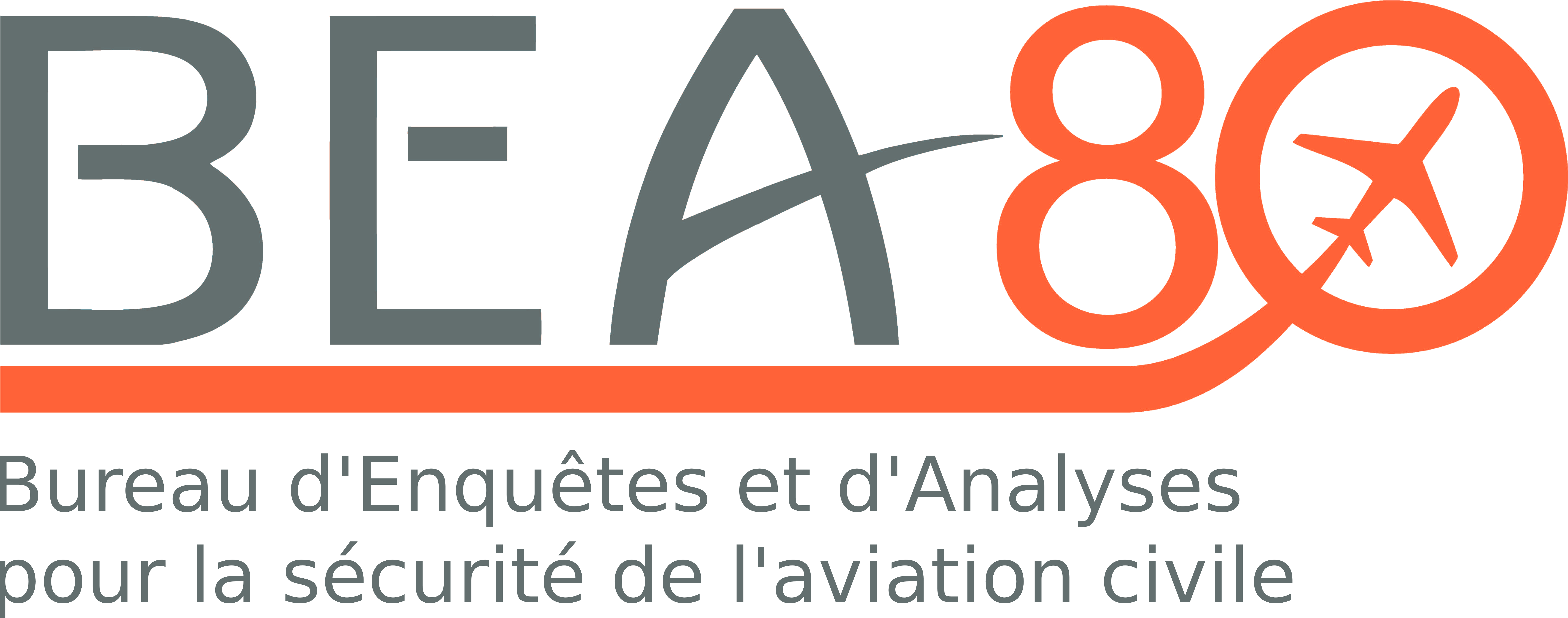Incident to the Boeing B737-800 registered EI-EMK operated by Ryanair on 29/01/2015 near Bergerac
Descente en-dessous de l'altitude minimale de sécurité durant l'approche, déclenchement des alertes de proximité de sol, interruption de l'approche
The crew were carrying out a scheduled commercial flight from London Stansted airport to Bergerac-Roumanière airport. The ILS and DME equipment at destination was not available and the captain deduced from the approaches listed in the Airfield Brief that they were not authorized to carry out RNAV (GNSS) approaches. The crew started an NDB Y timed approach to runway 28. During this procedure, as they approached the inbound turn, the crew established a descent under the minimum safe altitude in V/S mode. A MSAW was activated in the Aquitaine-Approach control room. The turning descent continued for nearly two minutes, in IMC, up to the activation of the E-GPWS “TERRAIN” alert. At this point, the aeroplane was more than 8 NM from the runway threshold, left of the final approach path, at an altitude of 1,054 ft and a radio altimeter height of 842 ft. The crew started to fly a missed approach; at the same moment, the “PULL UP” warning was activated. The factors likely to have contributed to the anticipated descent and continuing this descent for nearly
two minutes include:
- An initial preparation of the approach which was insufficiently precise and complete.
- The holding pattern not being performed after a late change and despite the captain having some doubts as to the sequence which they were starting.
- The misunderstanding between the captain and the first officer concerning the modes to be used.
- The progressive diminution of the pilots’ situational awareness.
- The first officer’s small amount of experience, particularly with respect to this type of approach.
- The controllers’ lack of knowledge of the NDB procedures.
- The absence at Bergerac of a MSAW system (or a remote display) and, failing this, the absence of emergency coordination procedures between Aquitaine-Approach and Bergerac.
In particular, due to the rapid expansion in RNAV (GNSS) procedures and the development of FMS, pilots may no longer have sufficient practice in carrying out non-precision approaches relying solely on conventional equipment and instruments. Following the incident, the operator concerned decided to forbid the performance of timed approaches in V/S mode. The operator considered that there was an additional risk associated with this type of approach and thought that its operational objectives could be met without crews having to resort to it.
